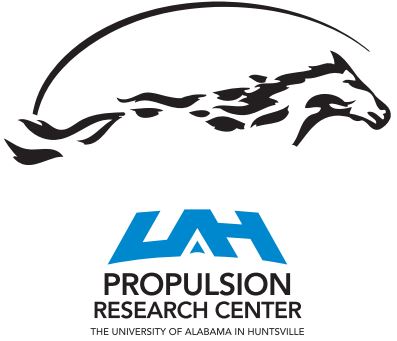Flow structure and surface heat transfer from numerical predictions for a double wall effusion plate with impingement jet array cooling
Source
UAH PRC Research Database
Document Type
Article
Publication Title
International Journal of Heat and Mass Transfer
Abstract
To provide additional understanding of double wall cooling arrangements, especially local distributions of flow properties which are responsible for hot-side surface and cold-side surface heat transfer variations, investigated are numerically-simulated distributions of turbulent flow structural characteristics. Also considered are numerically-simulated surface heat transfer characteristics, including comparisons with experimentally-measured distributions. The numerical results are obtained using the ANSYS FLUENT Version 19.1 numerical code, with a k-ω SST turbulence model. The present arrangement includes a full-coverage effusion cooling plate, with coolant initially supplied by an impingement jet array. Considered are the effects of effusion blowing ratio, impingement jet Reynolds number, and streamwise development on flow structure, and on hot-side and cold-side surface heat transfer characteristics. Data are obtained for an approximately constant main flow Reynolds number of 138000 to 159000, with blowing ratios from 2.2 to 8.5, which correspond to impingement jet Reynolds numbers from 7360 to 25200. Of particular importance are horseshoe-shaped vortices, which form upstream and around each effusion jet, which then result in two horseshoe-originated vortex legs which advect downstream along coolant trajectories. Also important are secondary flows, local flow separation regions, and local velocity regions, which are evident within the effusion hole passages near entrance locations. Within the cross flow passage, locally increased flow velocities, associated with impingement jet locations, are apparent, especially near the lower surface of the cross flow passage. These are associated with regions of augmented streamwise vorticity, which are present around the circumference of each impingement jet.
DOI
https://doi.org/10.1016/j.ijheatmasstransfer.2021.122049
Publication Date
2-1-2022
Recommended Citation
Kwon, Hwabhin; Ligrani, Phillip M.; Vanga, Sneha Reddy; and Park, Heesung, "Flow structure and surface heat transfer from numerical predictions for a double wall effusion plate with impingement jet array cooling" (2022). PRC-Affiliated Research. 18.
https://louis.uah.edu/prc-research/18


